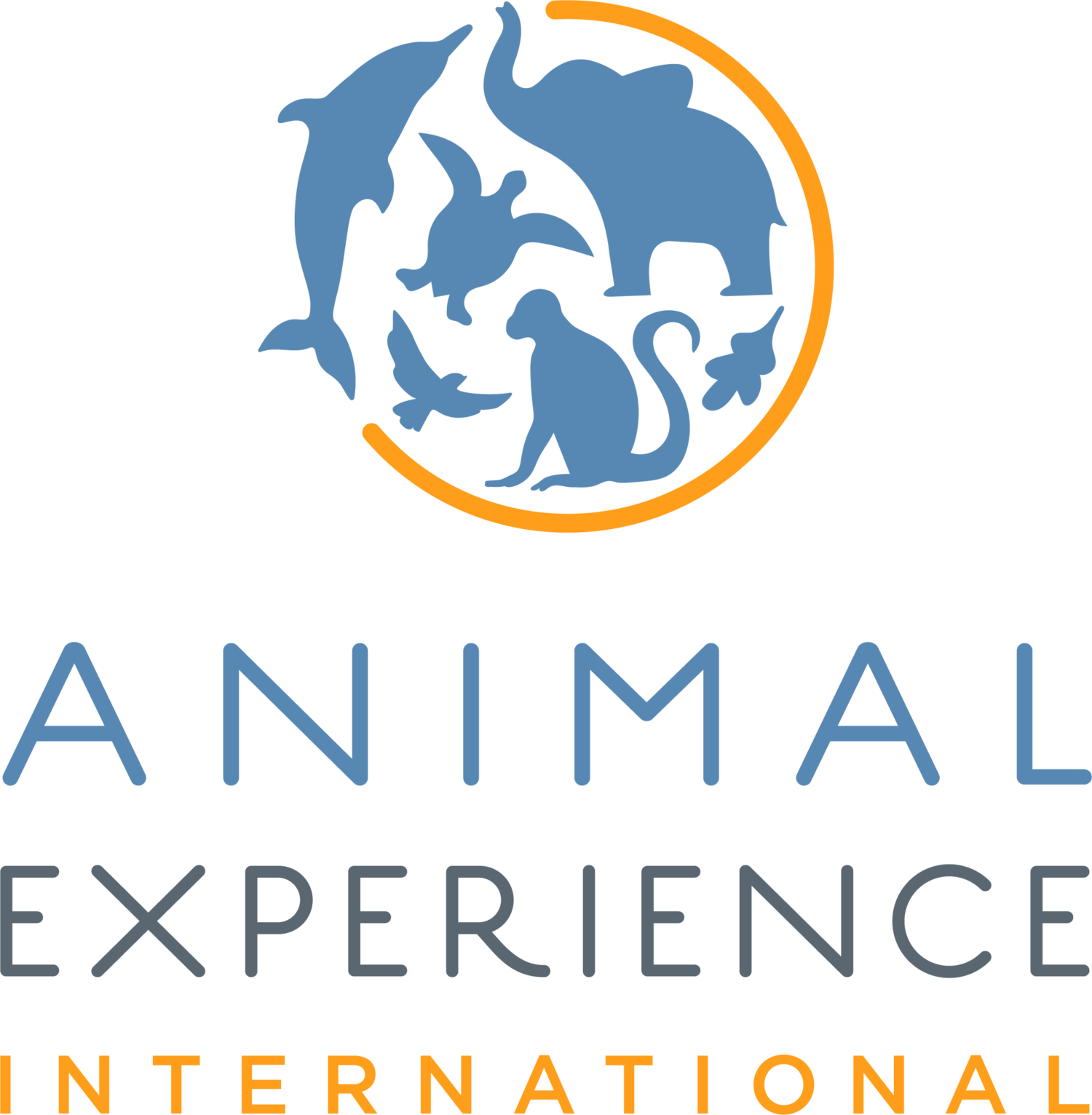I was recently talking to someone about our work at Animal Experience International, when she stopped me to ask why the photo I was showing her was of a spider monkey in a cage.
Did AEI support caging wild animals?
This was an important question, and a topic I am also passionate about as a wildlife veterinarian. I do not want to see wildlife kept in captivity if they can be living their lives free in the wild. The spider monkey in the photo was actually being housed at a wildlife rescue centre in Guatemala. This is an amazing organization that works tirelessly to rescue wild animals that have been captured as part of the illegal wildlife trade. When animals are confiscated from smugglers or from people using them to entertain tourists, they need somewhere to recover from their terrible ordeal. Some require medical attention. Others need supportive care. And orphaned babies need to be raised until they are old enough to care for themselves. While at the rescue centre, the animals are housed in enclosures that keep them safe, while protecting the humans that care for them.
So yes, they are in cages - but only temporarily. The goal is always to release them back to the wild. Staff and volunteers work hard to make the animals’ experience at the rescue centre as comfortable as possible. The wildlife are provided with environmental enrichment, places to hide and an enclosure set up that allows them to carry out their natural behaviours. The animals are moved to larger and larger enclosures as they begin to heal, and contact with people becomes less and less. For this spider monkey, he will eventually be housed with other spider monkeys in a large enclosure deep in the forest of the rescue centre and will see people as little as possible to minimize his exposure to humans. One day these spider monkeys will all be released to live their lives free in the jungle.
Gibbon Island in Thailand
AEI also supports several wildlife sanctuaries that provide a safe home for animals that cannot survive in the wild, and therefore cannot be released. Our elephant and wildlife sanctuary in Thailand is an excellent example of an organization working to provide a dignified and comfortable home for rescued, non-releasable animals. Their enclosures help to protect the animals, and are as large and natural as possible to ensure the animals are comfortable. Take for example their gibbons that cannot be released for one reason or another. These amazing primates are given an island to live on, separate from the main centre and are even fed remotely using a pulley system so that they are very rarely in contact with people. They are allowed to live as naturally as possible without human interference.
It is a sad reality that wild animals need to be kept in captivity at times in order to help or protect them. AEI supports organizations that house wildlife on a temporary basis, as part of a rescue and rehabilitation program. If providing long-term sanctuary we ensure that the best possible care is being offered the animals and that their lives are enriched and natural behaviours are encouraged. This is something that is very important to us - because wild animals deserve to be kept wild.
Want to volunteer with us in Guatemala or Thailand? Check out our program pages to volunteer anytime during the year (animals need help all year round and so we send volunteers all year round). Want to volunteer in Guatemala WITH us? Why not sign up for Expedition Guatemala? Take part in the rehabilitation of wildlife with your own two hands and understand the amazing work that is being done, first hand. 10 days volunteering with wildlife in February, sign up today!




